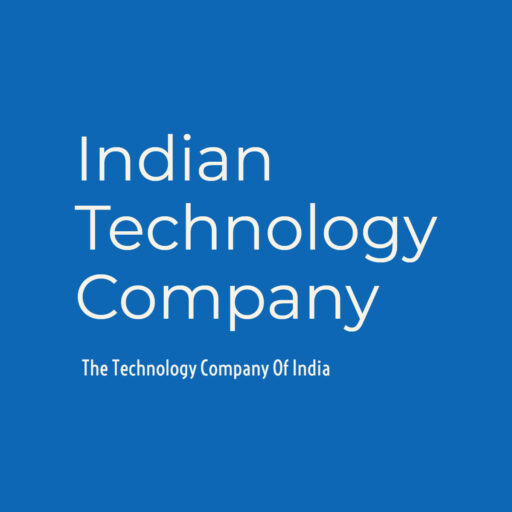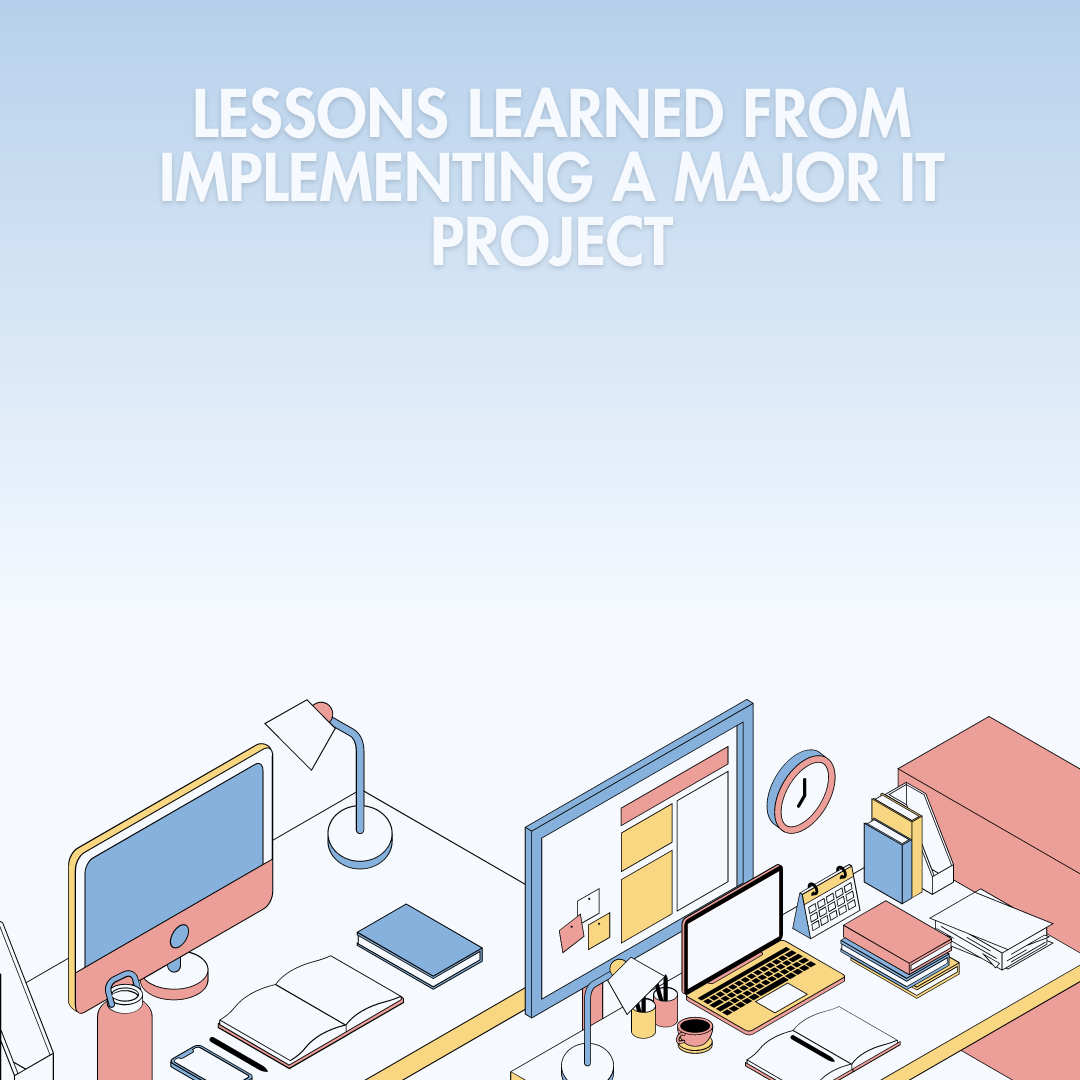Implementing a major IT project is a complex and challenging endeavor. The lessons learned from these experiences are invaluable for ensuring future success. Here are some key insights gained from such projects:
Thorough planning is essential before diving into implementation. This involves defining the project’s scope, setting clear objectives, and outlining the steps needed to achieve these goals. Comprehensive planning helps in anticipating potential challenges and devising strategies to address them. Involving all stakeholders, including end-users, management, and IT staff, in the planning process is crucial. Their input can provide valuable insights and help in aligning the project with business needs and expectations.
Establishing clear communication channels is vital for the success of an IT project. Regular updates and transparent communication can help in managing expectations and keeping everyone on the same page. Maintaining detailed documentation of all project activities, decisions, and changes serves as a reference point and ensures that everyone involved has access to the same information.
Identifying potential risks early in the project lifecycle allows for better preparation and mitigation strategies. Common risks include technical challenges, budget overruns, and timeline delays. Developing contingency plans to address potential risks is important. Having backup plans can help in minimizing the impact of unforeseen issues and keeping the project on track.
Ensuring that the project has adequate resources, including skilled personnel, technology, and budget, is crucial. Under-resourcing can lead to delays and compromised quality. Providing necessary training and support to the project team helps in enhancing their skills and ensuring they are well-equipped to handle their responsibilities.
Adopting an agile methodology can be beneficial in managing IT projects. Agile allows for flexibility and adaptability, enabling teams to respond to changes and feedback quickly. Implementing the project in small, manageable iterations allows for continuous improvement and early identification of issues. This approach helps in delivering incremental value and reduces the risk of major failures.
Integrating continuous testing and quality assurance practices throughout the project lifecycle is essential. Regular testing helps in identifying and resolving issues early, ensuring the final product meets the required standards. Conducting user acceptance testing (UAT) to gather feedback from end-users ensures that the system meets their needs and expectations, leading to higher satisfaction and adoption rates.
Implementing a major IT project often involves significant changes in processes and systems. Effective change management strategies are crucial to help stakeholders adapt to these changes smoothly. Providing comprehensive training and clear communication about the changes helps in reducing resistance and ensuring a smoother transition.
Conducting a post-implementation review to evaluate the project’s outcomes against its objectives is important. This helps in identifying what went well and areas for improvement. Documenting the lessons learned from the project and sharing them with the organization can be invaluable for future projects, helping to avoid past mistakes and replicate successes.
Implementing a major IT project is a complex process that requires careful planning, effective communication, and a focus on quality. By learning from past experiences and applying these lessons, organizations can improve their project management practices and increase the likelihood of successful outcomes. These lessons highlight the importance of detailed planning, risk management, resource allocation, agile methodology, quality assurance, change management, and post-implementation review in achieving project success.
Top of Form



